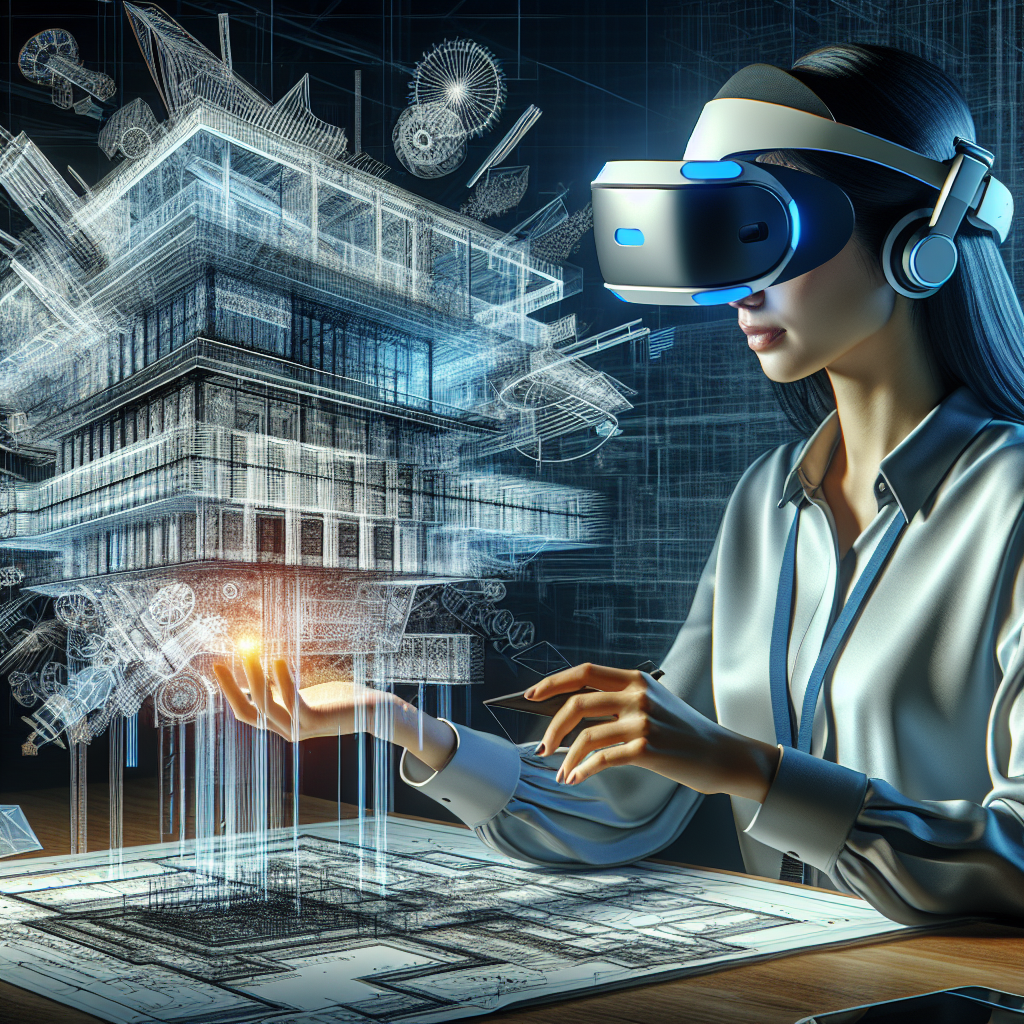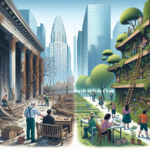Virtual reality (VR) has brought a revolution in the field of architectural visualization, offering designers a powerful new tool to create, communicate, and experience architectural designs in a more immersive way. By putting on a VR headset, architects and designers can step into their designs and explore them from all angles, giving them a better understanding of the space and allowing them to detect potential design flaws before construction even begins.
One of the biggest advantages of using VR in architectural visualization is its ability to provide a more realistic and immersive experience for both designers and clients. Instead of looking at 2D drawings or 3D models on a computer screen, clients can now walk through a virtual representation of the building, experiencing the scale, proportions, and spatial relationships in a way that was not possible before. This not only helps clients better visualize the final product but also allows designers to make more informed decisions about the design.
Moreover, VR in architectural visualization allows for better collaboration and communication among project stakeholders. Designers can easily share their virtual designs with clients, consultants, and other team members, enabling them to provide feedback and make changes in real time. This not only streamlines the design process but also ensures that everyone is on the same page and working towards a common goal.
Another key benefit of using VR in architectural visualization is its ability to streamline the design process and reduce the need for costly revisions. By allowing designers to test different design ideas in a virtual environment, VR can help identify potential design issues early on and make necessary adjustments before construction begins. This can ultimately save time and money, as it minimizes the risk of costly mistakes and delays during the construction phase.
In addition, VR in architectural visualization can help designers experiment with new design concepts and push the boundaries of traditional architecture. By immersing themselves in a virtual environment, designers can explore different materials, textures, and lighting options, as well as experiment with innovative design ideas that may not have been possible with traditional methods. This can lead to more creative and unique architectural designs that are tailored to the specific needs and preferences of the clients.
Furthermore, VR in architectural visualization can also be a valuable marketing tool for architects and developers. By creating immersive virtual tours of their designs, architects can showcase their projects to potential clients and investors in a more engaging and interactive way. This can help attract more clients, secure funding for projects, and ultimately bring architectural designs to life in a more compelling way.
Overall, virtual reality in architectural visualization has the potential to be a game-changer for designers by offering them a powerful new tool to create, communicate, and experience architectural designs in a more immersive and realistic way. By leveraging the capabilities of VR technology, architects can streamline the design process, enhance collaboration and communication, experiment with new design concepts, and showcase their projects in a more engaging way. As VR technology continues to evolve and become more accessible, it is likely to become an indispensable tool for architects and designers looking to push the boundaries of traditional architecture and create more innovative and impactful designs.



